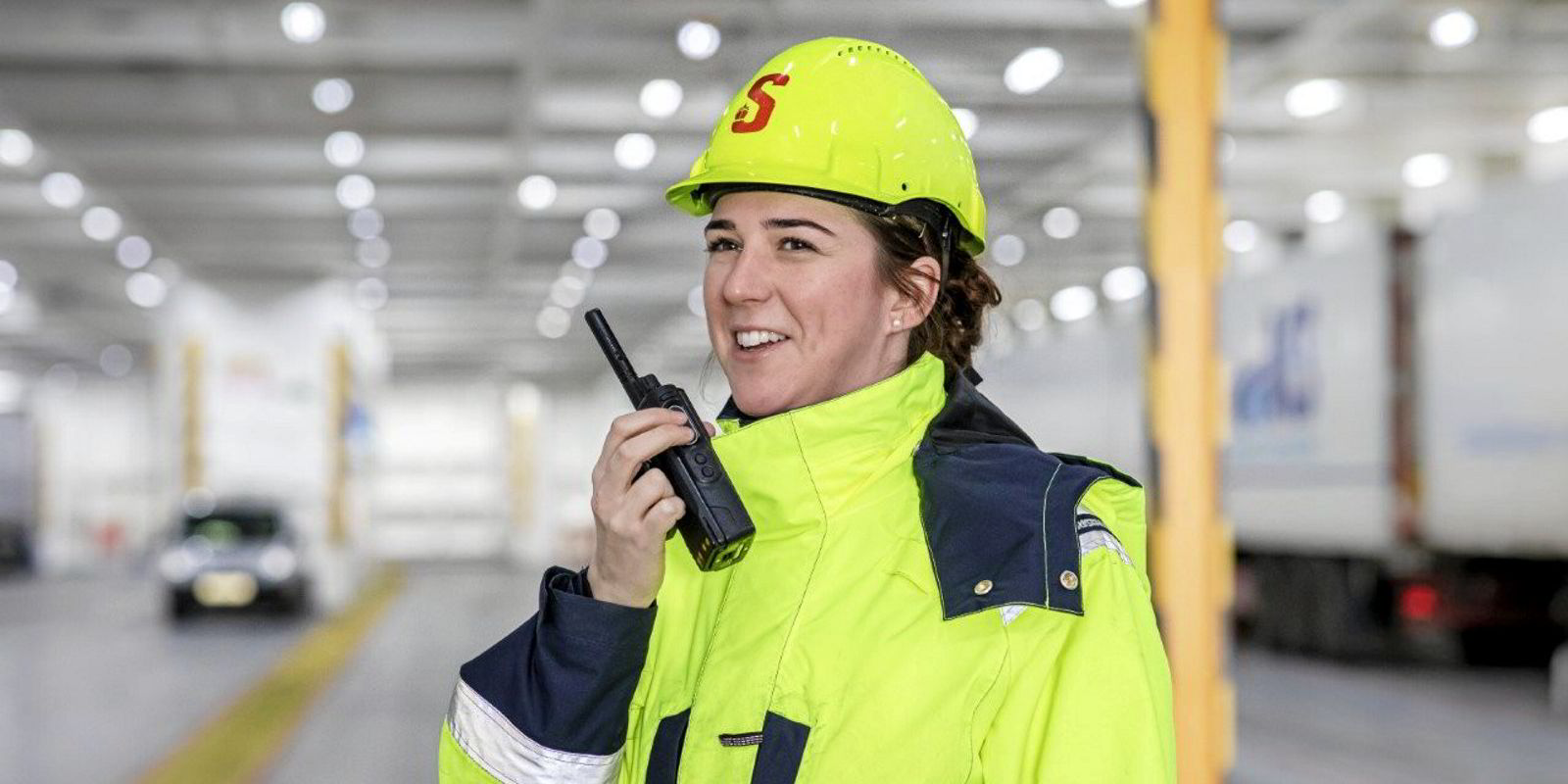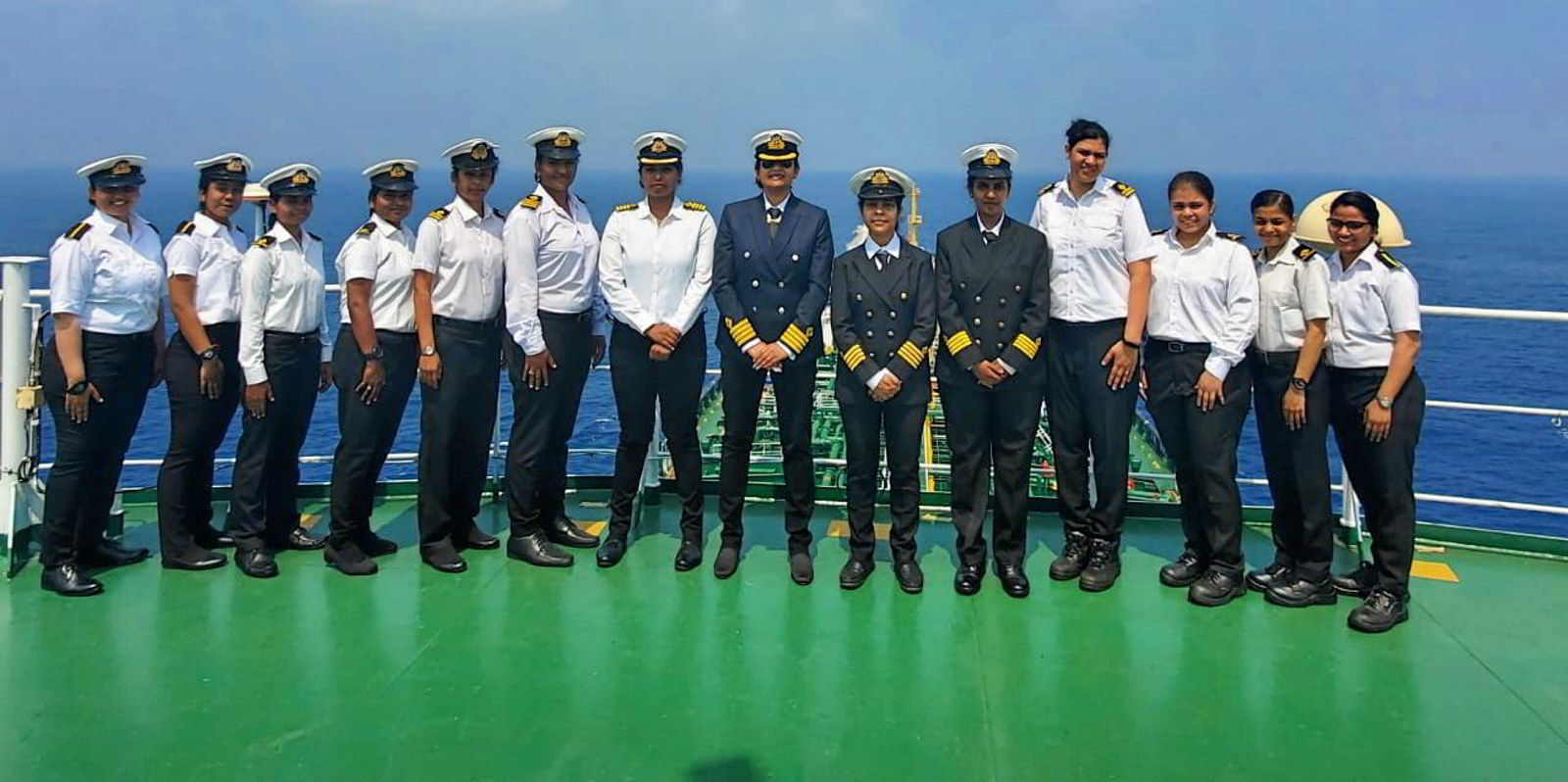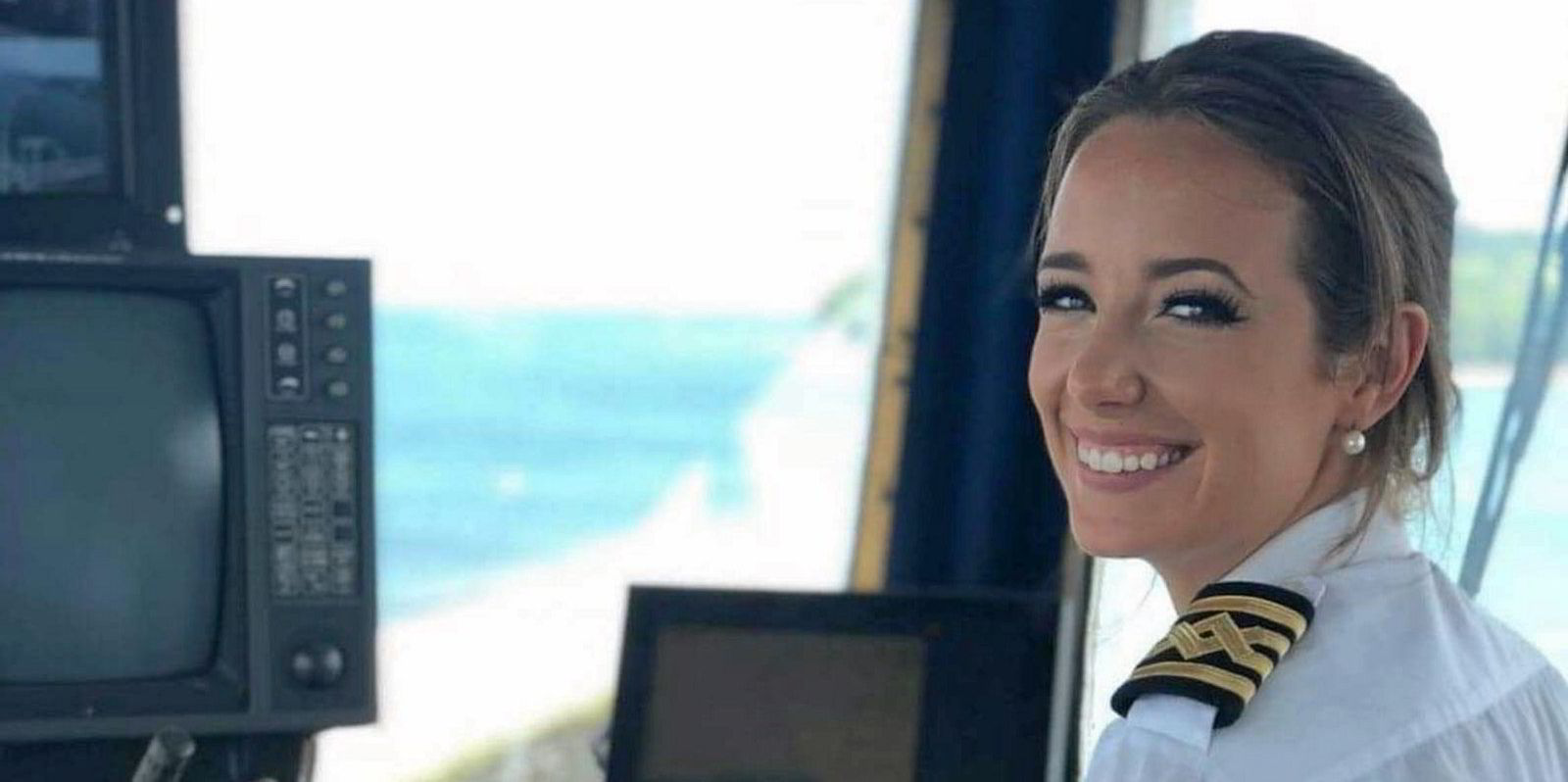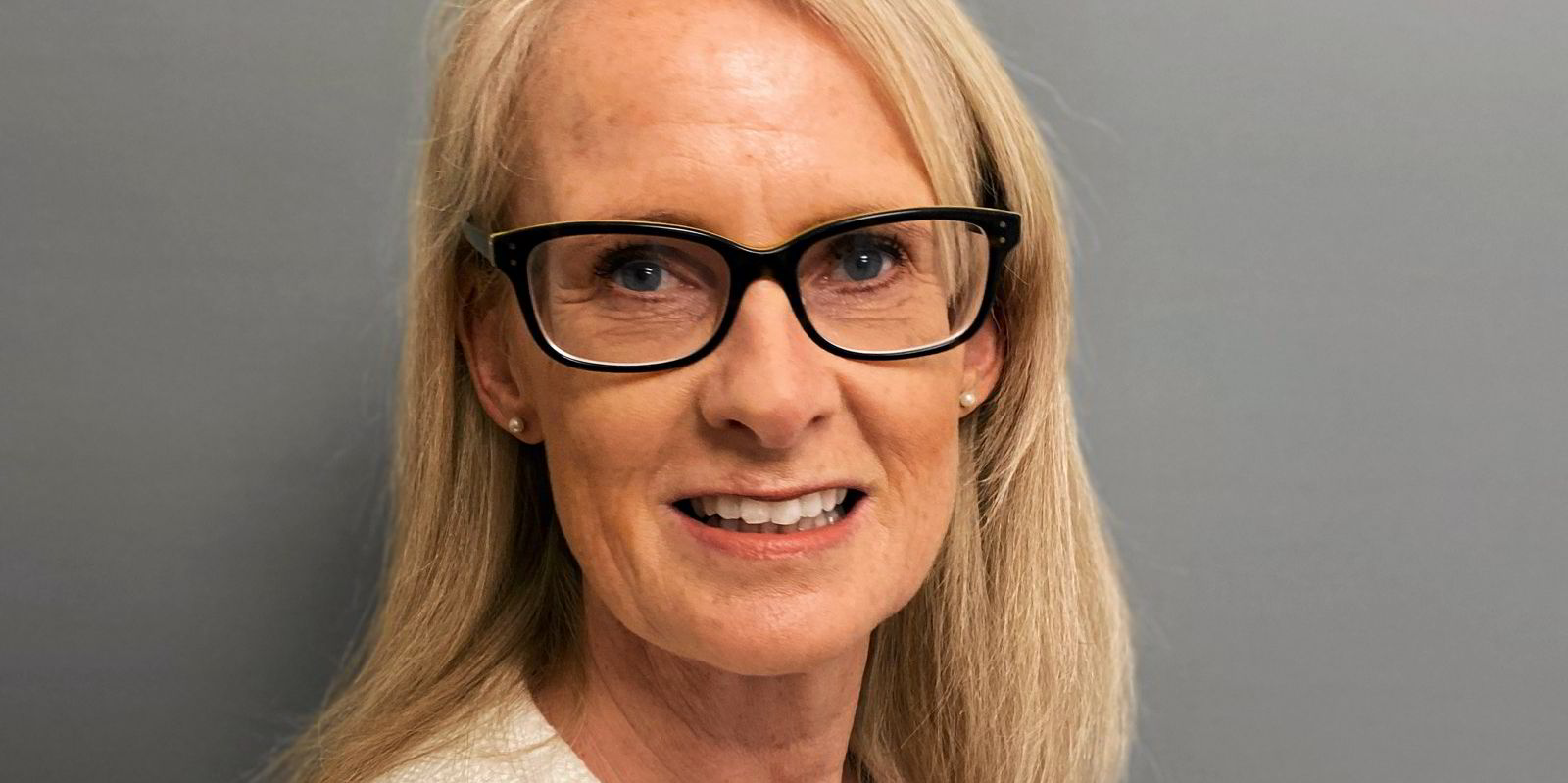One-fifth of Stena Line's managers are female, but that is still not enough for the Swedish ferry owner.
The Niclas Martensson-led company strives to take it to 30% by next year as an "initial target", spokesman Simon Palmer told TradeWinds.
"Then we want to go even higher," he said.
"Maritime is one of those traditional sectors that has always been male-dominated. It hasn’t attracted enough women, so this is something we are trying to change."
More than a quarter — 26.3% — of Stena's 4,300 workers are female at the moment.
"Gender diversity and balance is one of the main areas of focus in our company’s sustainability strategy," Palmer said.
"Companies with better gender balance are more creative and more profitable."
'Gender balance'
Stena's ultimate goal is to achieve "gender balance" so that the number of male and female employees are equal, but it has not imposed a deadline yet for that aspiration.
"We wouldn’t want to put a timescale on that now, but we are progressing well in achieving over 26% women, particularly compared to an industry average of just 2%," he said.
"However, gender balance is a long-term target, as it is for all the Stena companies."
Stena has aligned its gender-balance effort with United Nations' goals for gender equality and empowerment, hoping that such recruitment will trickle down to non-managerial roles.
"Management is a priority as this then creates senior female leaders and role models."
The Swedish shipowner is also trying to mirror the UN's efforts to "ensure women’s full and effective participation and equal opportunities for leadership at all levels of decision-making in political, economic and public life".
"The aim is to successfully fulfil one of the key indicators to achieving this, which is the ‘proportion of women in managerial positions’," Palmer said.
Stena's fleet consists of 37 ropax and ro-ro ferries servicing 17 northern Europe routes that traverse the Irish, North, Kattegat and Baltic seas.
Stena said it does not differentiate between onshore and on-board employees when asked how many workers it has on land versus at sea.

"We appreciate that achieving gender equality is more of a challenge on board our vessels, particularly for male-dominated deck and engine teams, more so than on-board services," the company said.
It starts at school
Stena is taking a multipronged approach to hiring more women that includes showcasing some female employees to "break down stereotypes" and get women to consider a career in shipping.
"More females need to be encouraged into maritime universities in order to qualify for maritime roles," the outfit said.
"If you don’t educate them, then you can’t employ them."
Stena has also joined Maritime UK's Women in Maritime initiative to boost gender diversity, which includes asking shipping companies to sign a pledge to hire more women.
Other initiatives include forming a diversity, equality and inclusion council and develop an analysis platform to measure and guide diversity goals.
It also plans to have a career website that is more welcoming to women and minorities and offer leadership programmes.(Copyright)







